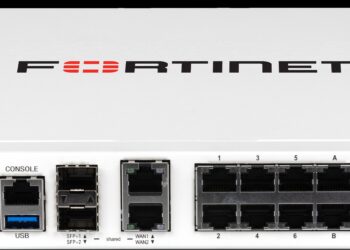SIEM, SOAR or XDR: Which is Better?
Let’s dive right into the wild world of cybersecurity products, namely SIEM, SOAR, and XDR. Each of these tools serves a unique purpose, has individual strengths, is best suited for specific scenarios, and comes with its own set of considerations. Let’s break each one down, shall we?
SIEM
Up first in our cybersecurity roster is SIEM, or Security Information and Event Management.
Purpose
The main job of SIEM is just as intriguing as the acronym sounds. It collects and analyzes data from a bunch of different sources. Think of it as a keen detective with superb organization skills, providing a panoramic view of an organization’s security posture. Pretty neat, huh?
Strengths
SIEM is not just about being a data detective, it supports multiple functionalities- kind of like a Swiss knife for your security. You ask for log management, event correlation, alerting, reporting, and long-term data storage, and voila, SIEM has got it covered.
Best For
If your organization is looking to consolidate logs in one place, comply with regulatory requirements and wants a centralized view of security events, then SIEM might just be your ticket.
Considerations
However, don’t get lost in the sauce. SIEM can be a bit complex to configure and maintain. It’s like having a supercar – it’s cool and powerful but requires skilled personnel to keep it running smoothly. You may need skilled personnel who can make sense of the data and respond to alerts, as deciphering SIEM’s charms isn’t everyone’s cup of tea.
SOAR
Next in line, we have SOAR, which stands for Security Orchestration, Automation and Response (I know, it sounds as cool as it is!).
Purpose
Its aim is to automate responses to security incidents (Yes, like a superhero!) and provide tools for orchestrating various security tools. Essentially, it’s your automated security concierge.
Strengths
SOAR is known for its impressive Incident response automation, case management, playbooks for a standardized response, and the ability to integrate with other security tools. Now, tell me that ain’t as impressive as a symphony performance?
Best For
Organizations looking to perfect their incident response process and reduce the time to respond to incidents might find their confidante in SOAR.
Considerations
However, SOAR is like a delicate painting. It requires fine, well-defined processes and procedures to be effective and needs integration with other security tools to show its colors vividly.
XDR
Enter the clandestine sounding XDR, the Extended Detection and Response.
Purpose
It aims to extend traditional endpoint detection and response (EDR) capabilities to cover more types of devices and deliver more advanced threat detection. It’s like your trusted security guard, but with more oomph!
Strengths
XDR has a fine taste and provides broad visibility across various environments (from endpoints and networks to the cloud), advanced threat detection, automated response, and improved investigation capabilities.
Best For
Is your organization fancying a more proactive approach to threat detection and response? Are you handling complex environments? You can tick all the boxes with XDR.
Considerations
Hold on to your horses though; XDR could be more expensive than other solutions, and may require additional training for your security personnel. You know, all that jazz about valiant knights needing their swords and shields?
Choosing the Right Tool
Now that we’ve discussed our three heroes, it’s time to decide, who makes the cut for you? Here are few pointers which might help:
Assess Your Needs: Understand what issues you need to solve. Are you more inclined towards consolidating logs and compliance (SIEM), streamlining incident response (SOAR), or are you obsessed with the idea of advanced threat detection (XDR)?
Integration: Consider how well each tool can gel with your existing security infrastructure. It’s like introducing a new pet to your existing ones, compatibility matters!
Skill Set: Ensure you have the necessary talent in-house or have the ability to outsource to really tap into the potential of these tools.
Budget: Consider the total cost of ownership, including licensing, maintenance, and any additional hardware or training required. Because, my friend, all good things in life do come with a price tag.
Future-Proofing: Look at the roadmap of each product to ensure it aligns with your long-term security strategy. It’s important that today’s decisions cater to tomorrow’s needs too!
Remember, the market is brimming with solutions, all with their unique flavors and perks. So, tread carefully and let your needs guide your choice. It’s all a game of matchmaking, after all. Find the knight who can secure your castle most efficiently!






